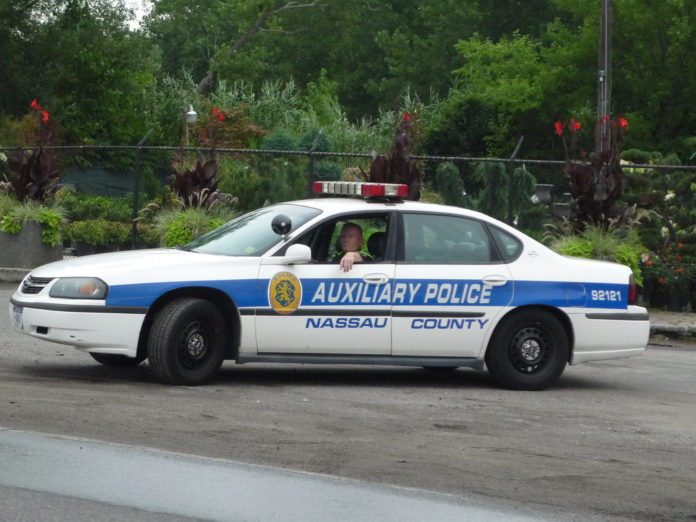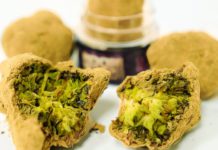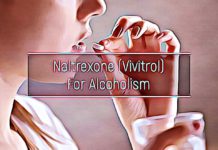A new cell phone application to map opioid overdoses in real-time has been unveiled by the Nassau County Police Department. Officials hope technology can help first responders reduce robberies while simultaneously managing the effects of the opioid crisis.
The app, which is known as the Overdose Detection Mapping Application Program (or ODMAP), can be accessed via cellular device by ambulance personnel, firefighters, and police medics. In addition to first responders, narcotics supervisors and investigators are able to access the data, as well.
When a first responder encounters an individual who is overdosing, that information can be quickly uploaded into the app, providing police intelligence analysts with access to the data. Officials are hopeful that the up-to-the-minute mapping data will provide police with the opportunity to gain an advantage in the battle against addiction, allocating resources as necessary to combat the emerging trends revealed by the real-time statistics.
Like countless cities across the United States, Nassau has been hit hard by the opioid crisis. In 2016, roughly 195 citizens died from opioid related overdoses, and while a final number has not yet been determined for 2017, 132 overdoses have been officially documented so far. So far this year, Nassau has already experienced 6 fatal overdoses and 46 non-fatal overdoses related to opioids.
The app, which is run by the U.S. Office of National Drug Control Policy and does not come with additional costs for Nassau County, was developed by the High Intensity Drug Trafficking Area program, a federal program that targets areas with high rates of drug trafficking and abuse.
The cell phone telephone app allows first responders to indicate whether or not the individual experiencing the overdose was administered Narcan, the opioid overdose reversal medication. In 2016, Narcan was used 564 times in Nassau, and that number increased to 625 uses in 2017. This year, the medication has been used 41 times so far in Nassau.
















